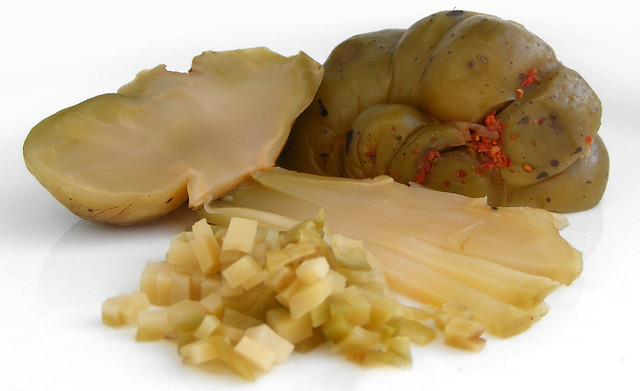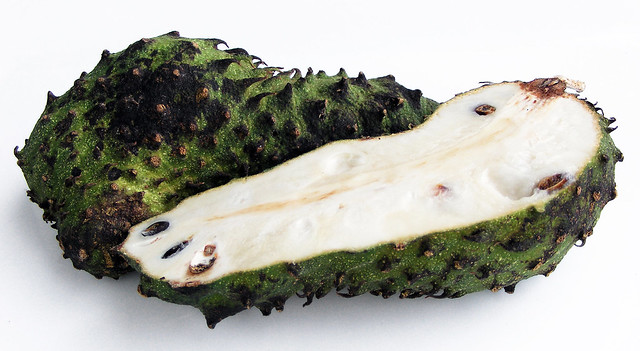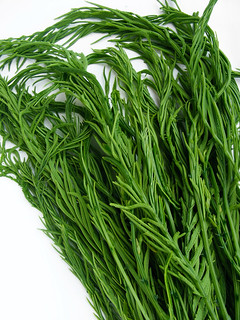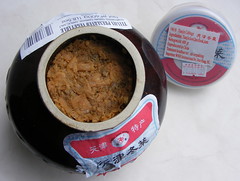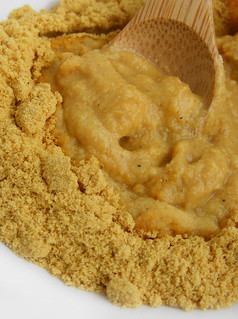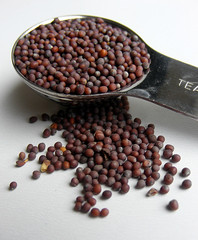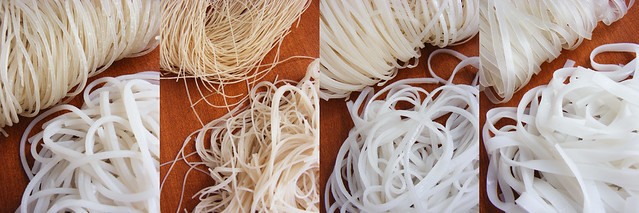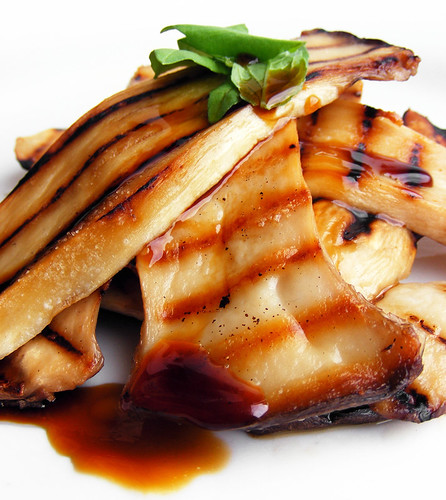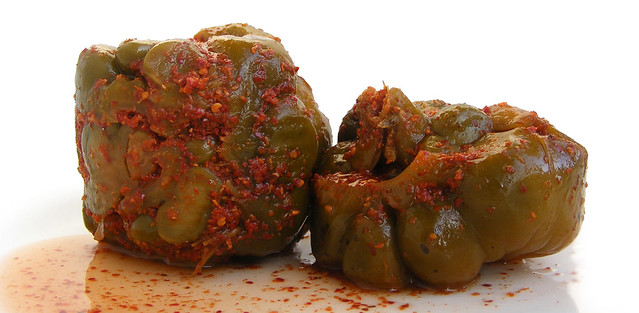
What’s it called
Sichuan preserved vegetable, Szechwan vegetable, Chinese pickled vegetable, pickled mustard tuber, zha cai / zhàcài / 榨菜 (China). Also: tsa tsai / jar choy / jar choi / ja choi / ja choy / cha tsoi.
What is it?
The pickled, rather strange looking stem of a special kind of mustard cabbage from Sichuan, the Brassica juncea var. tsatsai (see photo). These fist-sized bulby stems are rubbed with plenty of salt, then pressed with weights to slowly release its moisture. Then they are dried, rubbed with red, hot chili paste and left to ferment in big earthenware jars. This process is pretty similar to the way Koreans make kimchi and the taste and texture is a bit like our pickled cucumber.
How to use it?
You usually find Zha Cai in tins. Open the tin, then cut off the piece you need, rinse off the chili paste, de-salt it by soaking it for about half an hour in a cup of water, vinegar or white wine. Then cut it into small strips or cubes and use in all kind of dishes. You can braise, cook, stir-fry or even eat it raw, as a pickle. Zha cai bought in bags usually is already cut into strips for you. Never keep leftovers in the tin, transfer to a small container or plastic bag and keep refrigerated. It will keep for months if not years.
Tips, Tricks & Recipes
- Recipe: Szechuan Pickled Vegetables with Shredded Pork
Recipe: Savoury Tofu Pudding - Click to compare to other Chinese preserved vegetables (yacai, tianjin dongcai, etc)

